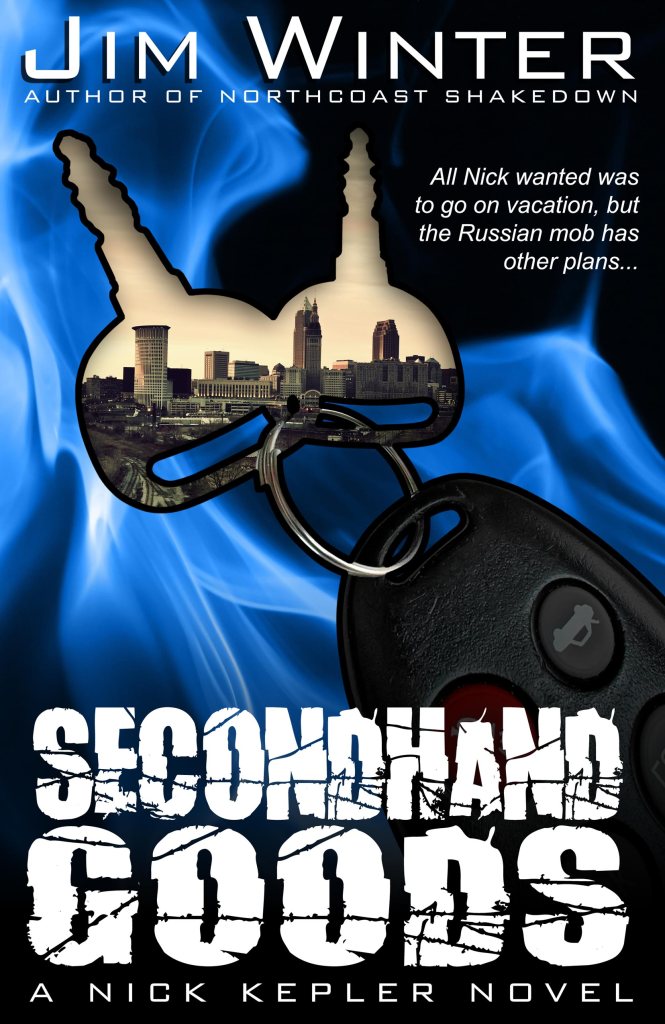 Last week, I announced I was retiring from crime fiction. I wish that was after a ton of sales, movie deals, and a series based on my work. I’d love to retire for real in my forties, though something tells me I’d just go find something else to do.
Last week, I announced I was retiring from crime fiction. I wish that was after a ton of sales, movie deals, and a series based on my work. I’d love to retire for real in my forties, though something tells me I’d just go find something else to do.
But retire from the genre I am, and I thought I’d go back to when I started this journey way back in 1999. New Year’s Eve, specifically.
Author Jennette Marie Powell, back when she was “that girl who introduced me to my (now-ex) wife,” announced she had written her first novel and signed with one of the first ebook publishers. “So when do you finish yours?”
Um…
I’d written a lot in the 1990s, but I was stealing Gene Roddenberry’s characters and situations. Call it fanfic. Call it plagiarism. Call it slacking off (which is probably the most appropriate description), it was wasting my talents. At the time, I had some scraps of notes and some scenes written for a Cleveland-based private detective named Nick Kepler. In the mid-1990s, I’d discovered Sue Grafton’s Alphabet series and found an arrangement for Kinsey Millhonne in her early adventures that would work well for Kepler as well. Nick would not lease an office. He would do claims investigations for his former employer in exchange for help from a secretary and free office space. And then one afternoon, as a contractor did work on the balconies of the apartment complex where I lived back then, Eddie Murphy popped up on Comedy Central doing his “Kill my landlord, kill my landlord” bit. And I thought, “How do you do that and get away with it? At least long enough for a private detective to figure it out before the cops?” So a story started to form. In fact, somewhere downstairs is a 14-page outline of the original story to Northcoast Shakedown.
But I had one problem. I didn’t know the character. Who was he? And what tropes did I want to avoid? Well, for starters, every writer and his first cousin were doing the psycho sidekick bit made famous in the Spenser novels. It worked for me in Spenser, even when Spenser did not, because it was Hawk. And Hawk was his own character, not an archetype. At least not in the beginning. But I didn’t think it’d be very original if I recycled what was now a cliche one more time.
I had a couple of ideas for shorts, both coming from real life incidents. In one, a deputy sheriff who worked out at the same gym as me at the time came in angry about an altercation he had with a motorist. The deputy was white (and generally a quiet guy). The motorist had been black. Race had, as it so often does, entered into it, and my fellow gym rat dropped an ‘N’ bomb while we sat at the smoothie bar. That pissed me off, but it was the genesis of “Race Card” and the character of Wolf (who might have made a decent psycho sidekick.)
The second involved reconnecting with a high school friend who was making a run at a recording career. My friend had married an abusive man while in the service and ditched him one night after one too many beatings. It was either that or kill him. My friend married her high school sweetheart (another old friend) and had a nice life at the time. But what if she’d killed him? And the childhood friend wasn’t some computer nerd now living in Cincinnati but a freelance insurance investigator? Thus “A Walk in the Rain” was born. That one took one rainy evening in April of 2001. It landed in the second or third Plots With Guns, back when Neil Smith and Victor Gischler were still geeky grad students with delusions of noir godhood on their minds. (Neil’s always been a sound friend and a good writer. Vic has emerged as an off-beat fantasy/scifi writer and respected comic book writer.)
So I was ready to become a bestselling author. Right?
Well, that’s what I thought. And that led to one of many decisions I probably should not have made, but I’ll tell you about that at the end of the farewell tour this summer.











